Breaking through granite can seem like an almost impossible task. But with the right tools and following this step-by-step guide, even a novice can learn to drill into granite like a pro! From understanding the different materials needed for drilling into granite, to selecting the correct drill bit and setting up accurately, you will soon be drilling through granite with ease and confidence. So, let’s get started on our quest to make you a granite-drilling wizard!
What is granite used for?
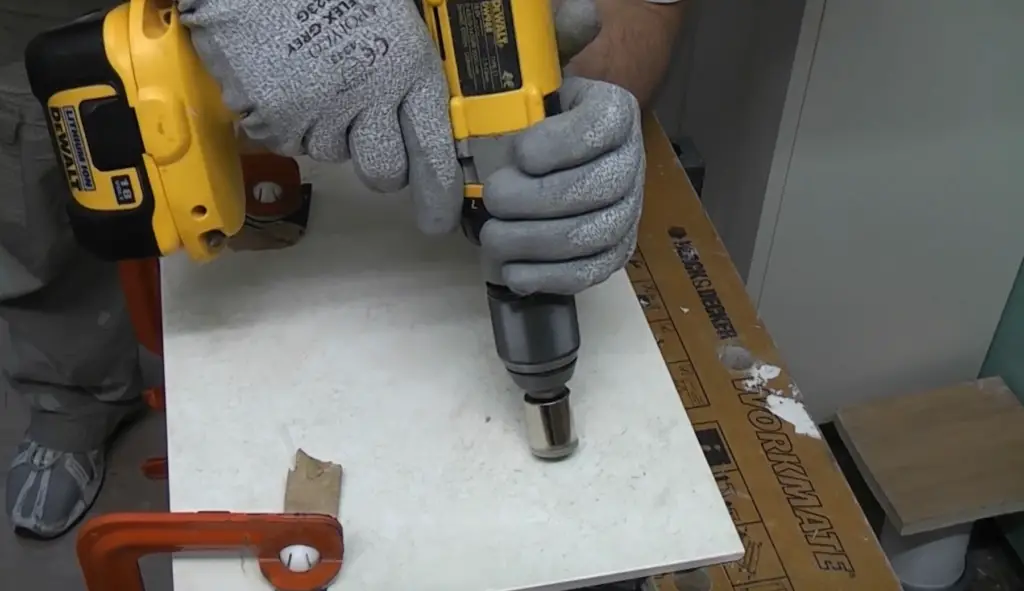
Granite is nearly impervious to wear and tear and can last for decades with proper maintenance. It’s also heat-resistant, making it an ideal choice for kitchen countertops where hot pans are placed frequently. Additionally, the material’s natural beauty makes it a popular choice in residential homes. Granite is also used in commercial buildings around the world to add strength and durability to high-traffic areas. From hospitals to restaurants to shopping malls, granite adds a unique look to any commercial space.
Additionally, granite is one of the most popular materials used for memorials and monuments. It can be cut into intricate shapes and inscribed with messages or names to help create a lasting memory. Granite is also commonly used in public areas, such as parks and plazas, where its durability makes it perfect for outdoor spaces that are exposed to elements including rain, snow, and sun. Its strength and longevity make it an ideal choice for exterior applications. As you can see, granite has many uses both indoors and outdoors – no matter what project you’re undertaking, there’s sure to be a use for this stunning natural material [1]!
Types of Granite
Understanding Granite Classifications
Granite is usually classified by its use and must meet certain requirements in order to qualify for a specific type. For instance, granite used indoors typically has polished surfaces that are smooth to the touch and have low absorbency. Outdoor applications may require a rougher surface texture or even an unsealed finish.
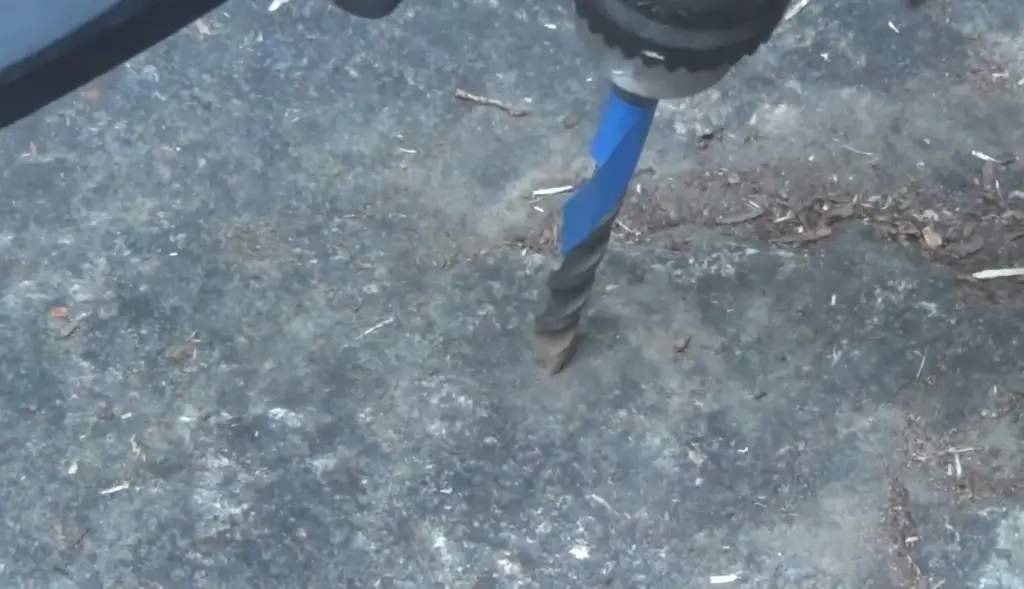
In general, there are three types of granite: commercial grade, residential grade, and monumental grade. The commercial grade includes all types of granite used in high-traffic areas such as hospitals, malls, and airports; it often features a honed finish that’s easier to clean than a polished one. The residential grade is designed for use in homes; it usually has a polished finish that adds beauty and elegance to any home. The monumental grade is used for memorials or monuments; it’s the strongest type of granite and can withstand even extreme weather conditions.
No matter what type you choose, granite is sure to provide many years of beauty and durability in any application. With proper care and maintenance, it’ll last for decades!
The Hardness of Various Granite Types
Granite is one of the hardest materials available, making it an ideal choice for countertops, floors, and other applications where durability is key. In fact, granite typically ranks a 7 on the Mohs Scale of Hardness – that’s harder than steel! Different types of granite vary in hardness; some varieties are softer while others are much harder. Generally, darker granites tend to be slightly harder than lighter ones.
It’s important to remember that regardless of the type you choose, granite requires sealing and regular maintenance to keep its surface free from staining and damage. With proper care and attention, your granite will remain beautiful for many years to come!
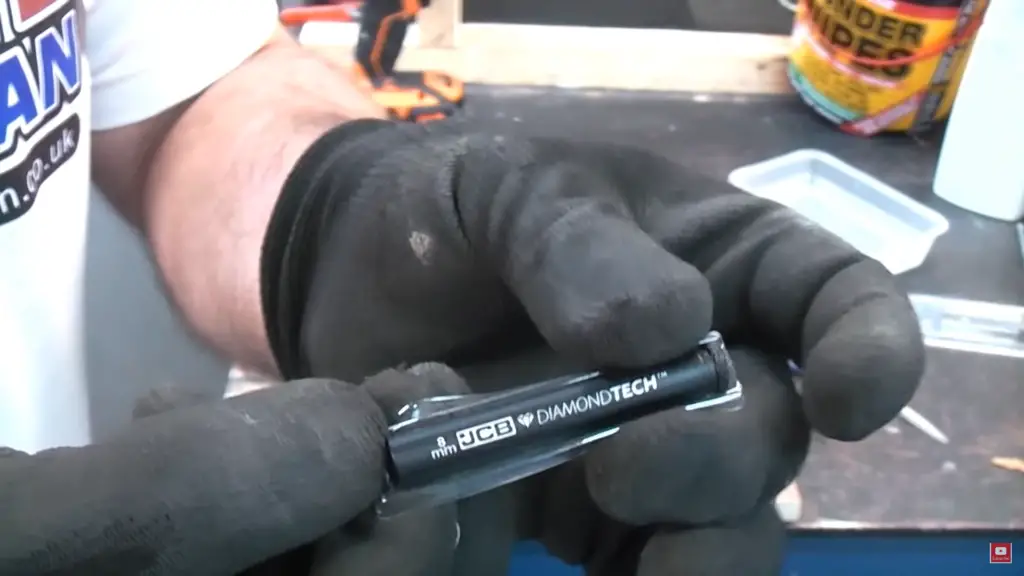
How Different Granites Affect Drilling and Cutting
Granite is one of the toughest materials to work with, making it a challenge for both professional installers and DIYers. This material requires special diamond blades to cut accurately – and even then, drilling is still difficult due to its hardness.
Different varieties of granite also vary in their ability to be cut or drilled; softer granites are typically easier to work with than harder ones, while lighter-colored granites may require more effort than darker varieties. Additionally, some types of granite may contain quartz or other minerals that make them even more difficult to drill into or cut.
For best results, it’s important to work with an experienced installer who knows how to handle different types of granite properly.
Advanced Drilling Techniques
Drilling at an Angle
Drilling at an angle, also known as angled drilling, is a technique used to provide access to hard-to-reach or awkward locations. This method of drilling involves using a special drill bit and guide that allow the user to drill at varying angles. The most typical angle for angled drilling is 45 degrees, but depending on the application may require other angles such as 30 or 60 degrees. To ensure accuracy when drilling at an angle, it is important to use a jig or template to mark the desired path prior to beginning the job.
Reverse Drilling
Reverse drilling is a unique technique used in situations where traditional drilling would not be feasible due to limited access. In reverse drilling, the direction of rotation of the drill bit is reversed, so that it spins in a clockwise direction instead of counterclockwise. This method is most commonly used when drilling into concrete or masonry where the structural integrity of the material would be compromised if traditional drilling methods were used. Reverse drilling can also be used to prevent damage to delicate materials such as thin sheet metal or certain plastics. It provides a much cleaner cut than traditional drilling since there is less torque applied to the material being drilled.
Drilling Larger Holes for Plumbing or Electrical Installations
In order for plumbing or electrical installations to be properly performed, it is often necessary to drill holes that are larger than what can be achieved with conventional drilling techniques. This type of job usually requires the use of diamond core drills, which are capable of producing much larger and more precise holes than traditional drill bits.
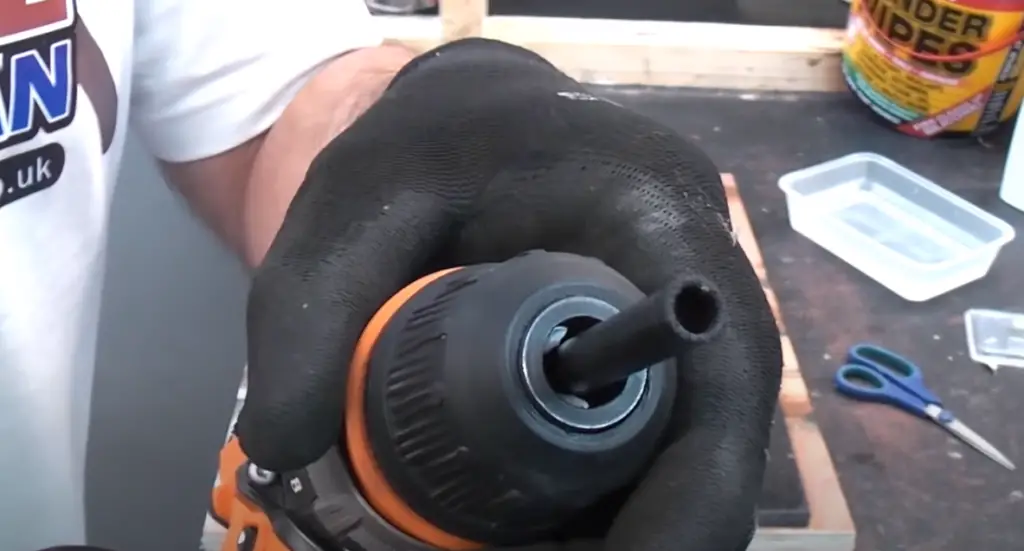
While diamond core drills require specialized setup and operation due to their large size, they offer a great deal of precision when drilling through tough materials like concrete or masonry. To ensure accuracy and safety when drilling larger holes, it is important to follow all manufacturer recommendations regarding the use of diamond core drills.
Techniques for Drilling Through Multiple Layers of Granite
Granite is a tough material to work with, and drilling through multiple layers of it can be especially tricky.
Additionally, it may be necessary to use a light oil or water-based coolant while drilling to reduce friction between the drill bit and the material being drilled. Finally, slow but steady pressure should be used when drilling through multiple layers of granite to avoid damaging the stone by overworking it.
What You Need to Drill Into Granite?
Drilling Machine
To drill into granite, you will need a powerful drilling machine that is capable of cutting through the hard stone. Depending on the size and type of job, you may choose between an electric or pneumatic rotary hammer drill or a diamond-tipped core drill. Make sure that your selected machine has enough power and torque to handle the job at hand.
Drill Bits & Accessories
You’ll also need the right tools to get the job done properly. Carbide-tipped masonry bits are suitable for most types of drilling jobs in granite including smaller holes for plumbing pipes or larger holes for ventilation systems. If you’re making large holes, you may want to use diamond-tipped core drills, which can cut through a variety of materials including concrete. Additional accessories such as depth gauges and guides will help ensure that your work is accurate and precise.
Safety Gear
Don’t forget to wear the appropriate safety gear when operating any type of drilling machine. This includes eye protection, ear protection, and protective clothing. Additionally, always be sure to follow the manufacturer’s instructions and never attempt to drill granite without taking adequate safety precautions [2].
Preparation
Before drilling into the granite, make sure that the area is clean and free from any debris. This will help ensure that your drill bit doesn’t get clogged or stuck in the stone. Additionally, marking out your hole before drilling can also be helpful so you know exactly where to position the drill for optimum results.
Mark the Spot
Once you’ve prepared the area and marked out your hole, place the drill bit in position on the granite and apply steady pressure while drilling. Be sure to keep the drill bit lubricated with water or an oil-based lubricant such as WD-40 to reduce friction. Additionally, always maintain a slow and steady speed when drilling into hard materials like granite.
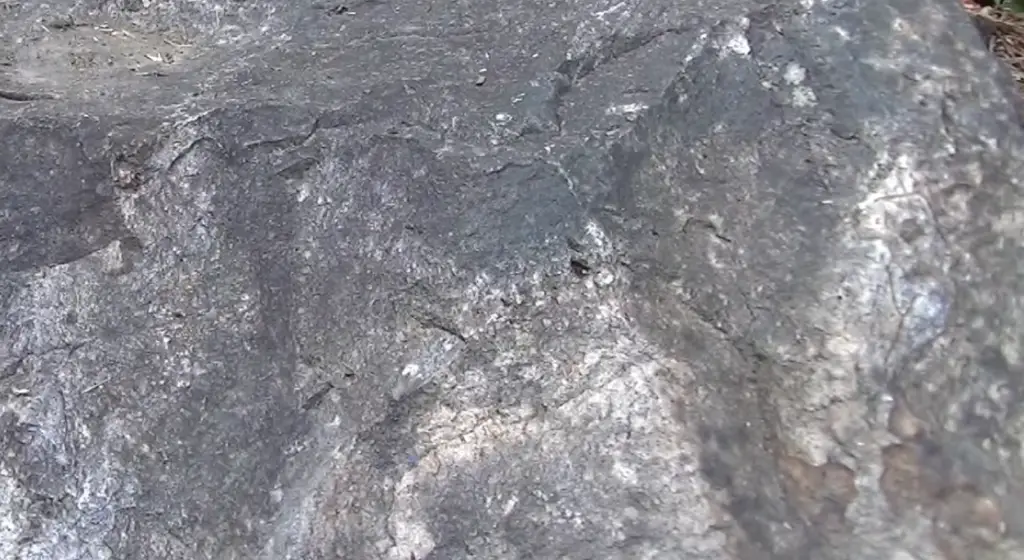
How to Drill Holes Into Granite?
Step 1: Choose Diamond Bits
The most important step in drilling into granite is selecting the right bit. Granite is an incredibly hard material and requires diamond-tipped drill bits to get through it. Most hardware stores, home centers, and online retailers will carry diamond-tipped drill bits designed specifically for drilling into stone materials like granite and other natural stones.
Step 2: Mark Your Spot
Once you have your drill bit, mark the spot where you want to make the hole with a permanent marker or tungsten carbide-tipped scribe. Make sure that your markings are straight and even as this will ensure a more accurate and clean cut once you begin drilling.
Step 3: Prepare Your Work Area
It’s important to make sure that your work area is ready before beginning. Place a cloth or tarp beneath the granite surface and use duct tape to secure it in place. This will prevent dust from scattering and making a mess while drilling.
Step 4: Begin Drilling
Now it’s time to begin drilling. Make sure that you have the correct drill bit for your project and use a slow-speed setting on your drill. Start slowly and keep steady pressure as you drill into the granite, using short bursts if needed until you achieve the desired depth of the hole. Also, make sure to wear protective safety glasses and gloves when drilling into any stone material.
Step 5: Clean Up
When finished, clean up any debris or dust created during the drilling process. Remove any excess material with a brush and vacuum cleaner, then buff the area where you drilled with a damp cloth to give it a polished look. Now that you know how to drill holes into granite, you can begin your next project in no time [3]!
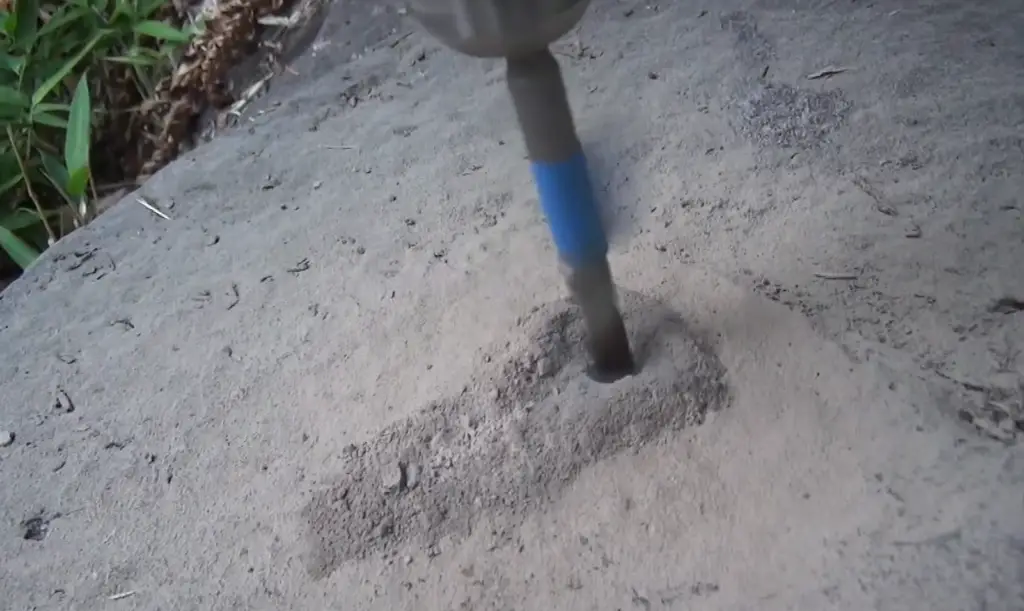
How to Clean Granite?
- Begin with a light dusting or vacuuming of the granite surface to remove any loose dirt, dust, and debris.
- Mix ¼ cup mild liquid dish soap with one gallon of warm water in a bucket.
- Dip a soft cloth into the soapy water and wring out thoroughly before wiping down the granite countertop in small circular motions. Make sure to rinse the cloth periodically so it doesn’t become gritty from dirt particles sticking to it.
- Dry off the granite surface immediately after wet cleaning with a clean cotton towel or microfiber cloth. This will help prevent streaks caused by drying residue on the stone’s surface.
- To deep-clean granite, mix a cup of baking soda with a few tablespoons of water to form a paste-like consistency.
- Apply the baking soda mixture to the granite surface in circular motions using a soft cloth or sponge. Allow it to sit for 10 minutes and then rinse off with warm water.
- For tough stains, try scrubbing them with an old toothbrush dipped in either hydrogen peroxide or rubbing alcohol.
- After cleaning, you can apply a natural stone sealer to help protect your granite surfaces from staining and ensure they remain looking their best for years to come!
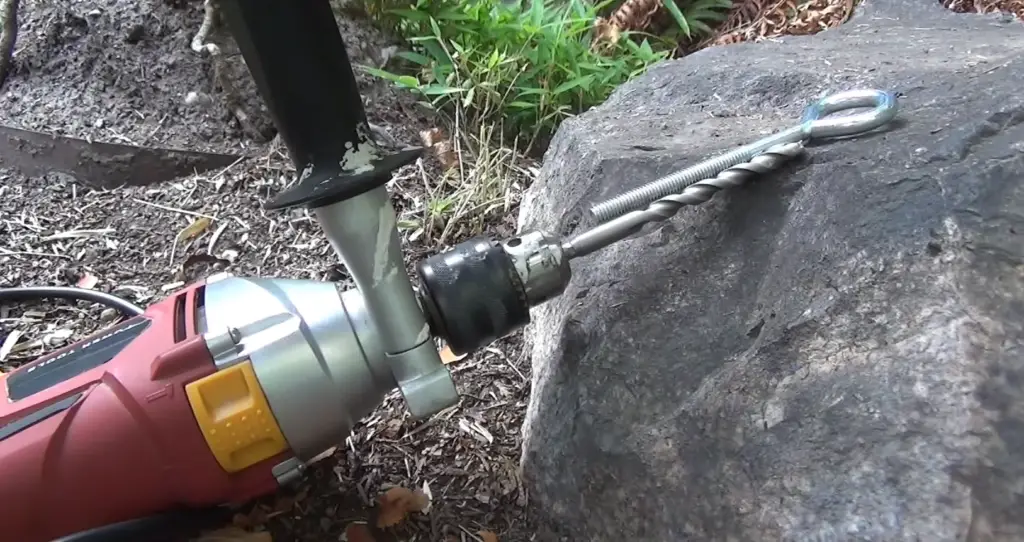
FAQ
Do you need a special drill bit for granite?
Yes, you will need a special type of drill bit for drilling into granite. The most common types of drill bits used for granite are diamond-tipped masonry bits and carbide-tipped masonry drills. Both of these types have been designed to withstand the harder surface of granite, while still being able to create an even and precise hole in the material. However, it is important to use the right type of bit for your project as using the wrong one can cause damage to both your drill bit and your granite countertop. Additionally, make sure that you use appropriate water cooling when drilling with either type of drill bit as this helps prevent overheating and preserves its longevity.
How do I measure for granite countertops?
Measuring for granite countertops is a relatively straightforward process. The first step is to measure the length and width of the area you plan on installing the countertop. After this, you will need to take some measurements of your cabinets or walls, as well as the sink if applicable. Once all these measurements are taken, you can then calculate the square footage of your space which will help determine how much material you need to purchase. Additionally, it’s important to leave some extra room for any seams or cuts that you may have to make during installation. If done properly, your granite countertop should fit perfectly in its designated space!
What tools do I need for granite installation?
When it comes to installing a granite countertop, you will need a few essential tools. These include a circular saw, an angle grinder, a hammer, and chisel set, measuring tape, level, and adhesive epoxy. Additionally, you may need to purchase some specialized tools such as diamond drill bits or carbide-tipped masonry drills if you plan on drilling into the granite. Having these tools handy can help make for a smoother installation process. Finally, remember to always wear appropriate safety gear when handling power tools!
How do I maintain my granite countertops?
Maintaining your granite countertops is fairly simple but requires regular cleaning and upkeep in order to keep them looking their best. First off, be sure to sweep away any dirt or debris that accumulates on the counters so that they don’t become scratched or stained. Additionally, it’s important to use a granite-safe cleaner to avoid damaging the surface of your countertops. Finally, always be sure to wipe up any spills as soon as possible to prevent staining and discoloration from occurring. With proper maintenance and care, your granite countertops should look great for years to come!
Are granite countertops expensive?
Granite countertops can be more expensive than other types of countertop materials such as laminate or tile; however, this is due to their durability and unique beauty. In terms of cost per square foot, granite countertops are generally around $50-$150 depending on the type, size, and color of granite you choose. Additionally, it’s important to note that installation costs may vary depending on the complexity of your project. Despite the cost, however, many homeowners find that granite countertops are well worth the investment due to their long-lasting durability and stylish look.
Are granite countertops heat-resistant?
Yes, granite countertops are relatively heat-resistant as long as they have been sealed properly. Sealing helps protect the surface from staining and discoloration caused by hot pots or pans; however, it is still a good idea to use trivets or mats when placing hot items on your counters in order to prevent any damage from occurring.
What are the benefits of granite countertops?
Granite countertops offer many benefits including durability, low maintenance requirements, and beautiful aesthetics. Due to their natural composition, they are very resistant to scratches and stains which makes them ideal for areas with high foot traffic. Additionally, because no two slabs of granite are exactly alike, each one is truly unique and can add character to any space. Finally, in terms of upkeep, all you really need to do is keep them clean and occasionally reseal them every few years in order to keep the surface looking its best. With all these features, it’s easy to see why granite countertops remain one of the most popular materials for kitchen and bathroom countertops.
Can you drill granite with a regular drill?
No, you cannot drill granite with a regular drill. Granite is a much harder material than other types of stone and therefore requires the use of a specialized drill bit such as diamond-tipped masonry bits or carbide-tipped masonry drills. Additionally, it’s important to use appropriate water cooling when drilling with either type of bit to prevent overheating and preserve their longevity. Using the wrong type of bit can result in damage to both your drill and your countertop so be sure to do your research before beginning any project!
What sealer should I use for my granite countertops?
When it comes to selecting a sealer for your granite countertops, there are many options available on the market. Generally, it is best to use an impregnating sealer as these are designed specifically for stone and will penetrate deep into the granite’s surface in order to provide lasting protection. Additionally, some of these sealers can be applied by a professional or do-it-yourselfer with relative ease. However, if you’re unsure which type of sealer is best for your countertops, it may be wise to consult with a professional before making your decision.
What is the lifespan of granite?
Granite is an incredibly durable material and, when properly cared for, can last for many years. Generally speaking, a well-maintained granite countertop should last upwards of 20-30 years with only minor repairs or cleaning required during that time. Additionally, when installed correctly by a professional, your granite counters should remain as beautiful as the day they were first installed. Ultimately, investing in granite is not only aesthetically pleasing but also extremely cost-effective in the long run!
What kind of drill do you use for granite?
When drilling into granite, it is essential to use a specialized drill bit such as diamond-tipped masonry bits or carbide-tipped masonry drills. These are much more durable and effective than regular drill bits when working with such hard materials. Additionally, it is important to keep the bit cool by using water throughout the drilling process to prevent overheating and preserve its lifespan. Finally, be sure to wear appropriate safety gear when handling power tools!
How do you drill granite without cracking it?
To avoid cracking your granite when drilling, it is important to use the right type of drill bit as well as the appropriate water cooling to prevent overheating. Additionally, be sure that you are using the correct speed settings on your drill and that your drill bit is properly sharpened to ensure a smooth cut. Finally, always start with a shallow pilot hole before drilling deeper into your countertop for a smoother installation process. Remember to always wear appropriate safety gear when handling power tools!
Is drilling granite hard?
Drilling granite can be difficult if you don’t have the right equipment or knowledge. It is important to use a specialized drill bit such as diamond-tipped masonry bits or carbide-tipped masonry drills and to make sure that your drill bit is properly sharpened before drilling. Additionally, it is essential to keep the bit cool by using water throughout the drilling process to prevent overheating and preserve its lifespan. Despite these challenges, however, with some patience and a little practice, you can become an expert at drilling granite! As always, safety should be your top priority when handling power tools.
What to avoid when drilling granite?
When drilling granite, there are several things that you should avoid to ensure a successful installation. First and foremost, never use regular drill bits on granite as these will damage both the material and your tool. Additionally, be sure to wear appropriate safety gear such as eye protection and gloves when handling power tools; even small sparks can cause serious injury or burns. Finally, always ensure that your drill bit is properly sharpened and maintain a steady speed when drilling to prevent any cracks or chips from forming on your countertop. Taking these precautions will help ensure that your project is safe and successful!
Useful Video: How to drill granite
Conclusion
Drilling into granite is not a common practice in the construction industry, but it can be done with the right tools and know-how. While granite does require more specialized cutting and drilling techniques than softer materials, the end result of a properly installed granite feature can be well worth the extra effort. With its durability, aesthetic beauty, and relatively low maintenance requirements, granite makes an ideal material for many homes and commercial spaces alike. By understanding the proper methods for drilling into this hard stone, any contractor or DIY enthusiast can ensure that their project will be successful and long-lasting.
References
- https://stonestyle.net.au/what-is-granite/
- https://triaticinc.com/blog/what-do-you-need-to-drill-holes-in-granite/
- https://graniteselection.com/blog/how-to-drill-holes-into-granite/






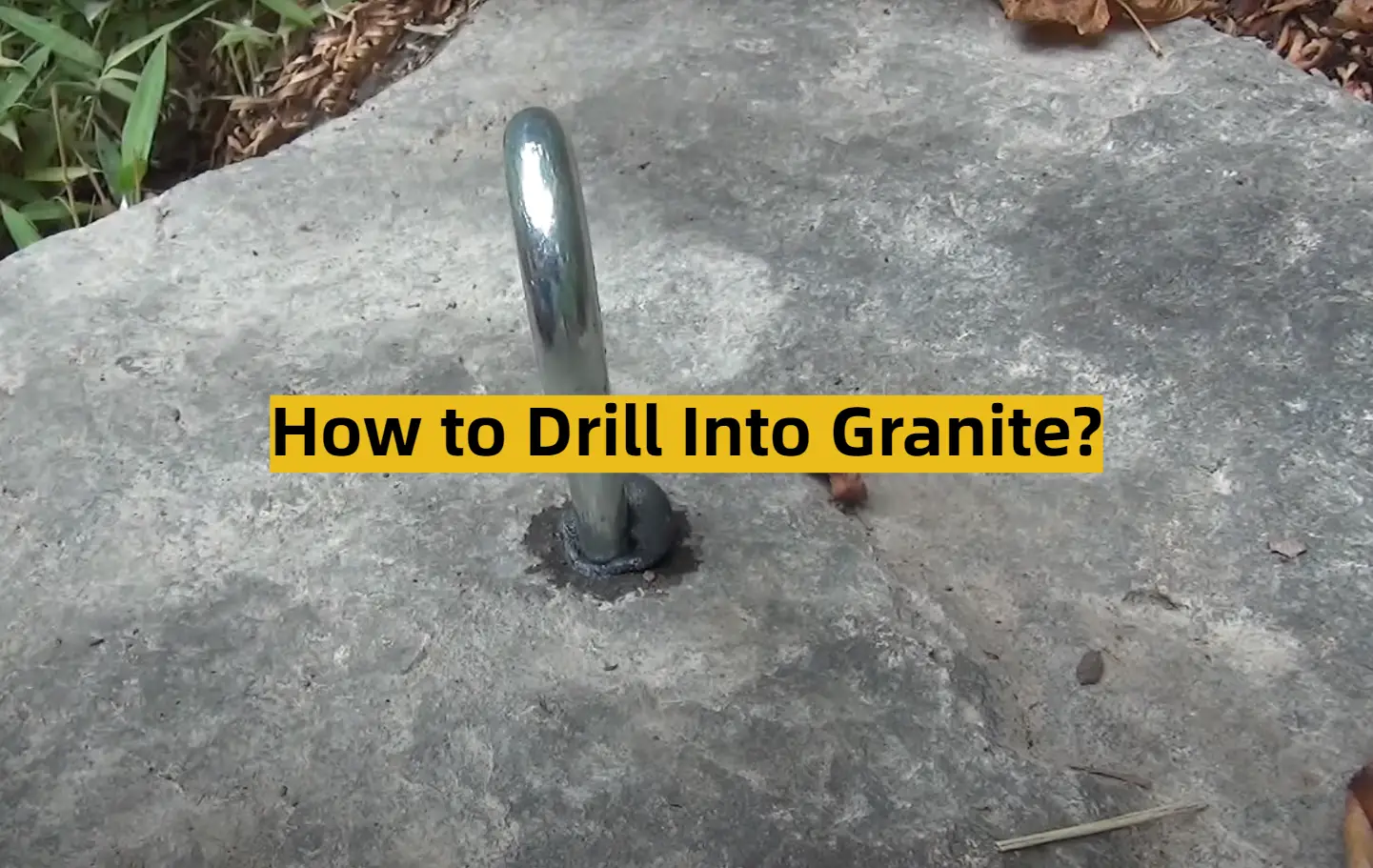






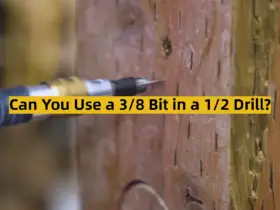
Leave a Reply